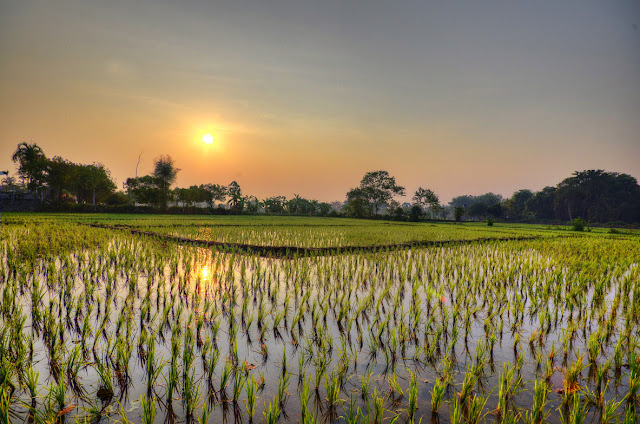Baan Sii Dam บ้านดำ The Black House
Far less known than Chiang Rai's famous White Temple, is Baan si Dam, or the Black House. Both are the lifelong works of artists but the two couldn't be more opposite. Although temple-like in its architecture, the Black House, unlike the White Temple isn't an actual temple as there are no monks practicing here.
The Black House is the creation of artist Thawan Duchanee. It is an on going project which was started 35 years ago as a way to present and store his bizzare collection of skins, bones, and sculpture.
The estate is several hectares large with many buildings. The White Temple is plaster, stucco, and stone but the Black House's many structures are wood with a burnt charcoal finish. Some of the more recent additions are kind of strange, organic shaped cement structures though.
The craftsmanship and attention to detail is astonishing.
There are skulls, bones, skins, bizzare sculptures, it seems like a collection dedicated to death, but is eerily beautiful at the same time.
This would be a more recent addition, what's inside?
The Black House (Baan Dam) is 10km north of Chiang Rai at Moo 13, Tambon Nang Lae, Ban Du. It can be difficult to find and there isn't much English signage.
Follow the Super Highway north of Chiang Rai and 2km past the Rajabaat University and on the left there will be a purple sign with the name Thawan Duchanee. 100m past that there is a brown wooden sign with 13 on it (for Moo 13), go left here and follow the road until you get to a blue sign. Turn left here and look for the Black House a little further along on the left.

























